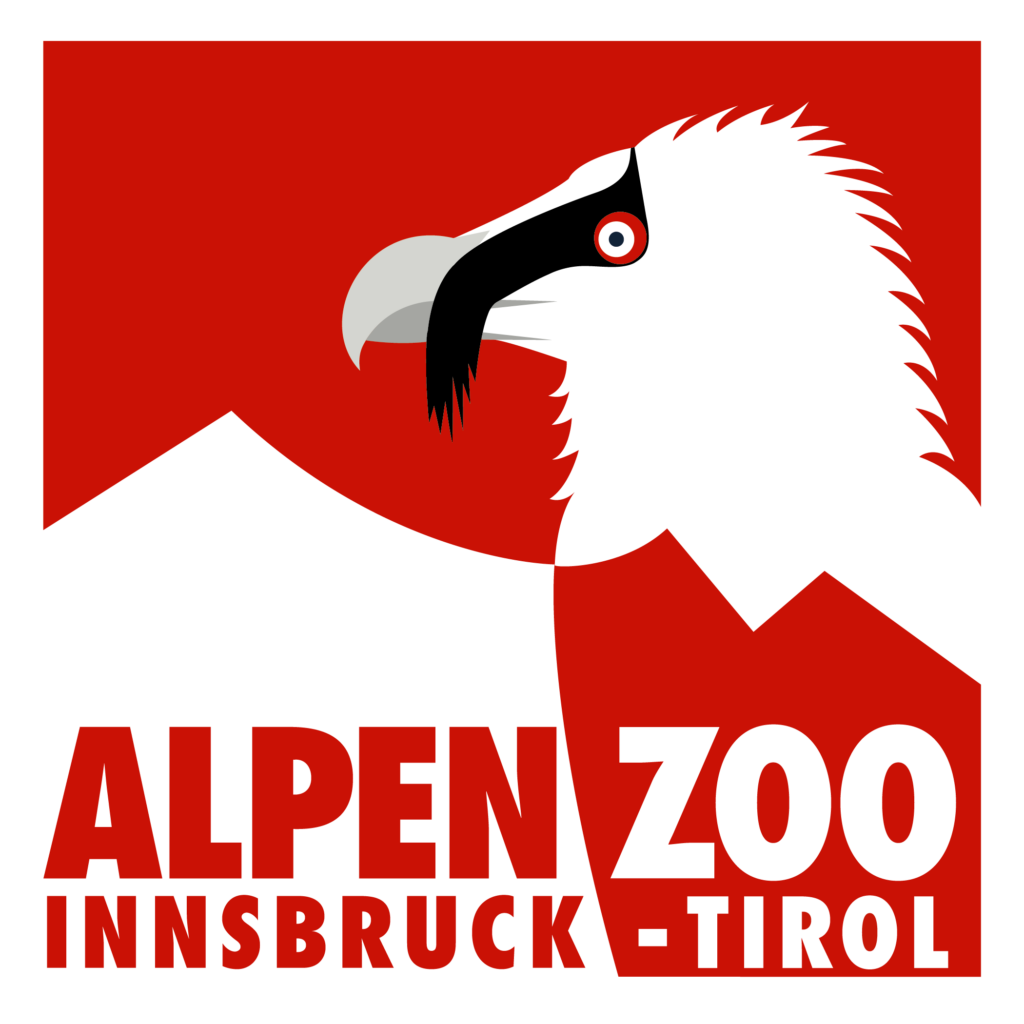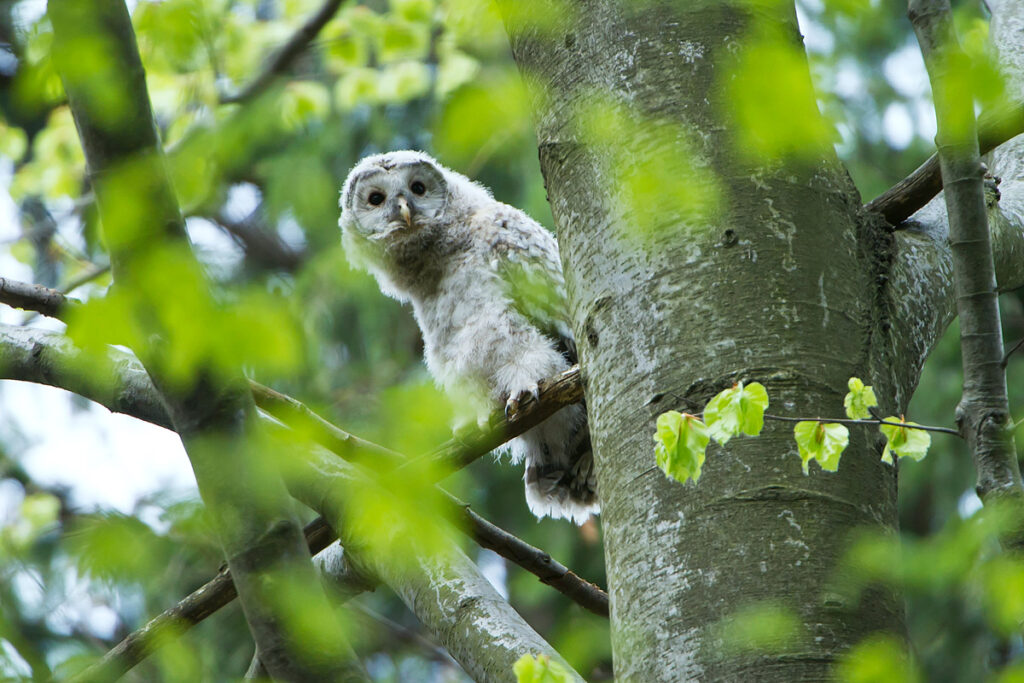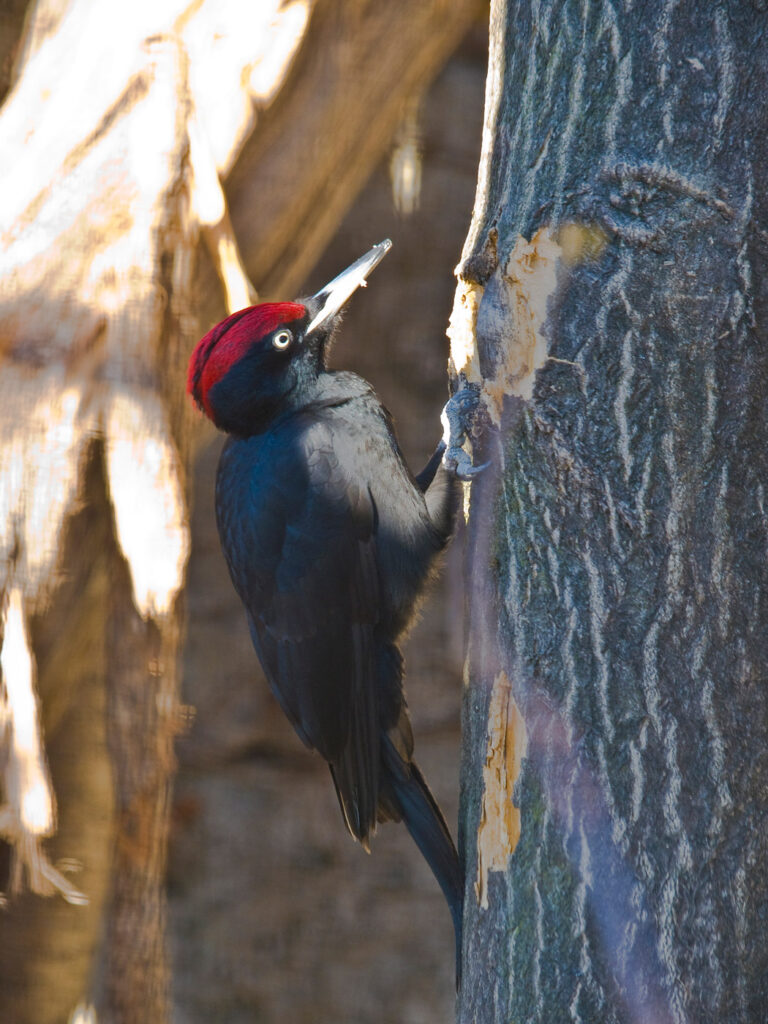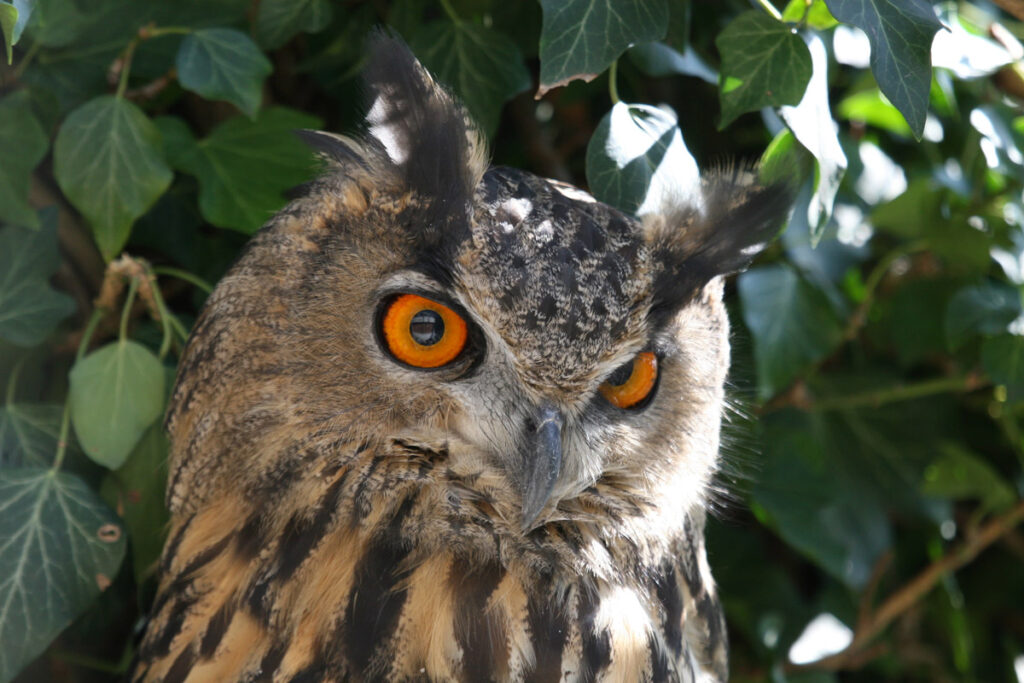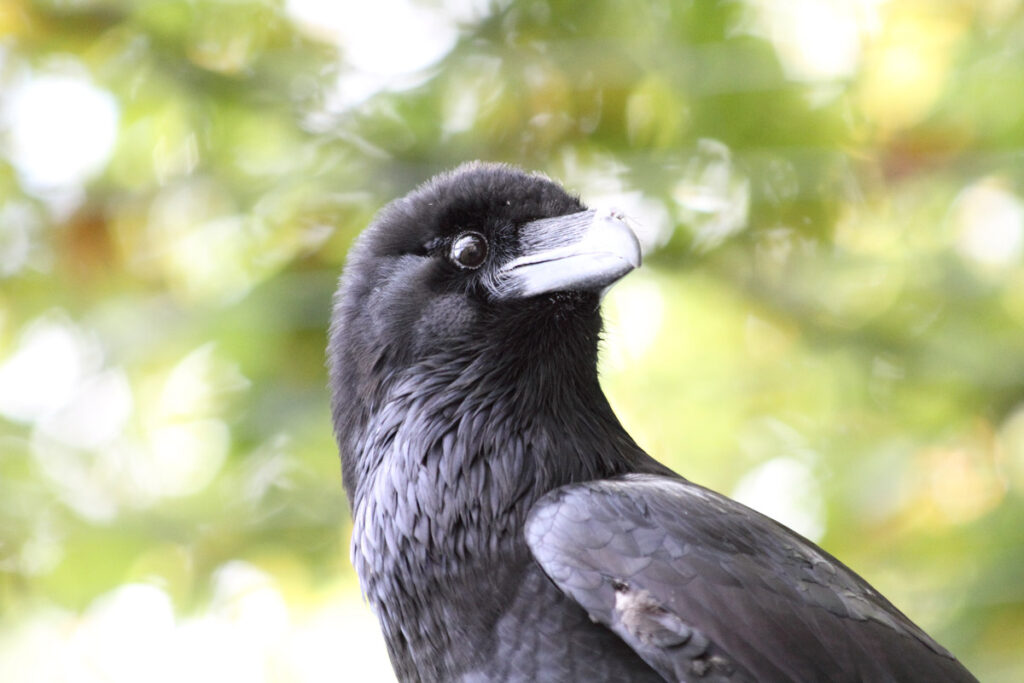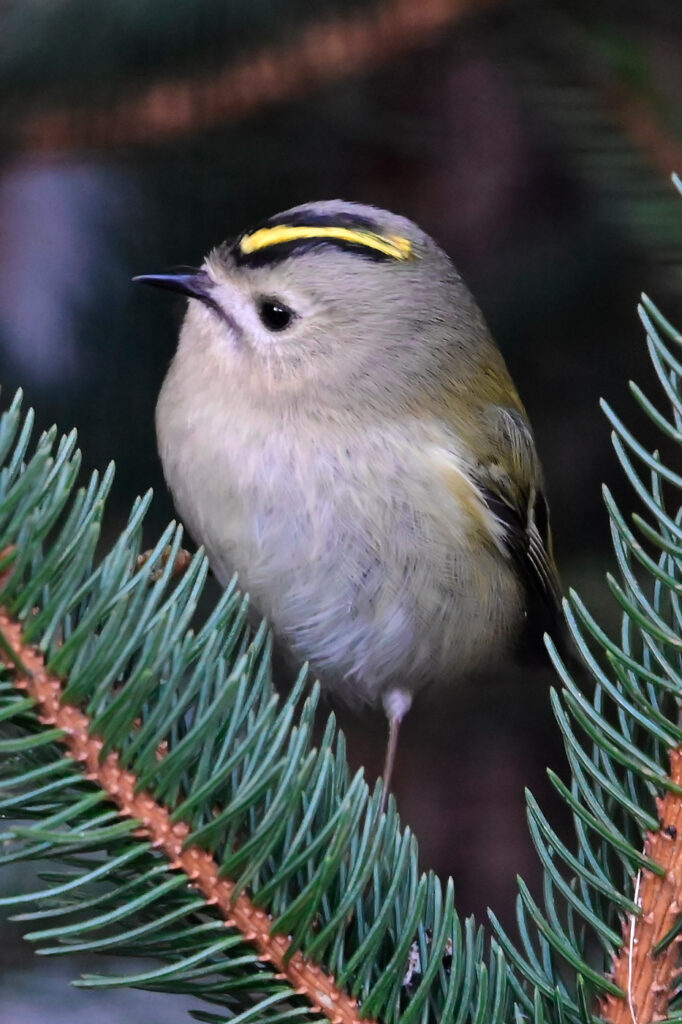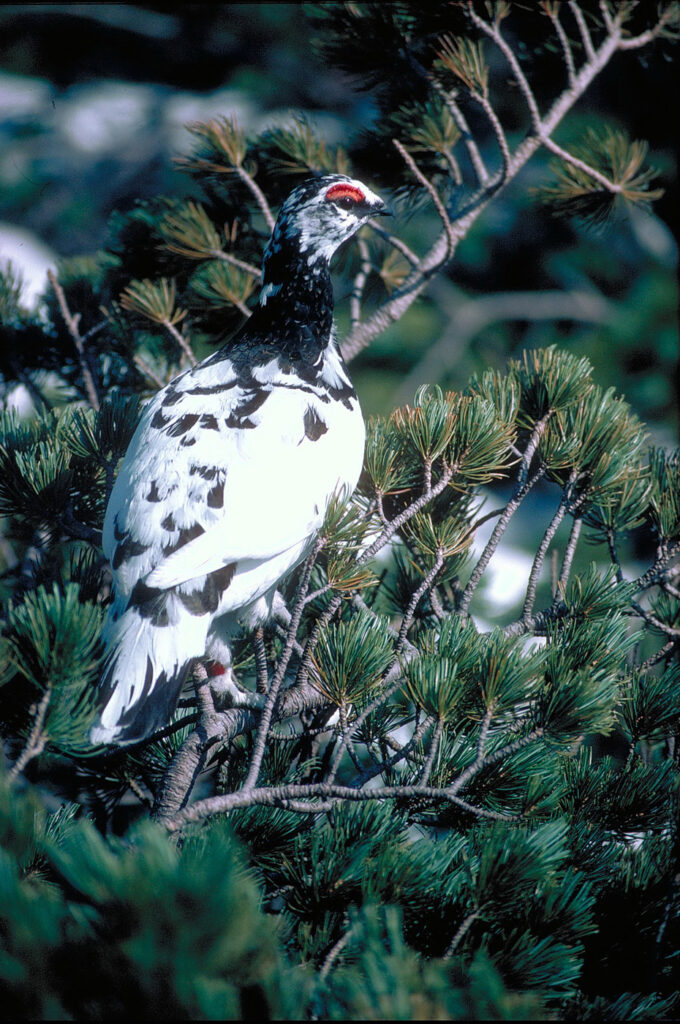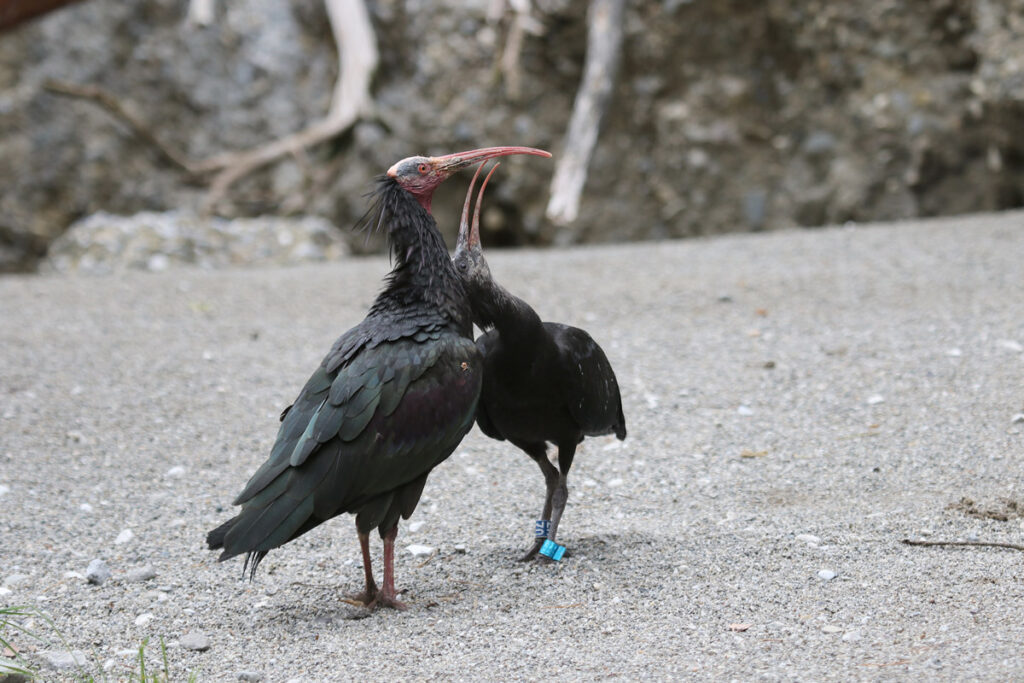Bearded vulture
The “heraldic animal” of the Alpenzoo is the largest bird in the Alps. Although the bearded vulture is a harmless scavenger and specialises in eating bones, it was nevertheless mercilessly persecuted as a “wild beast” in the 19th century. Horror stories about a child-stealing, lamb-killing bird forced (and ultimately led to) the extinction of the bird of prey in the Alps. The last bearded vulture was shot in the Aosta Valley in Italy in 1913. Thanks to the Alpenzoo’s breeding of over 30 young birds since 1973, the Alpine-wide reintroduction project was able to begin. Bearded vultures were released for the first time in 1986, and the first free-range brood took place in 1997. The population in the Alps is now estimated at around 220 birds. It is remarkable that bearded vultures “make themselves up” – so to speak – by colouring their white breast plumage copper-red when bathing in mud containing iron oxide. Eggs are already laid in the winter months of December to January, so that the young birds hatch when the late winter claims the first avalanche victims among chamois and ibex.
The Airport Innsbruck is a loyal sponsor of the bearded vulture and supports the Alpenzoo in protecting this species.
- Bearded vultures like to style themselves – the red colouring on their chests comes from bathing in wallows containing iron oxide. We still don’t know exactly why they do this – it could be to protect themselves against parasites or as a status symbol – dominant females, in particular, often like to wallow in these baths.
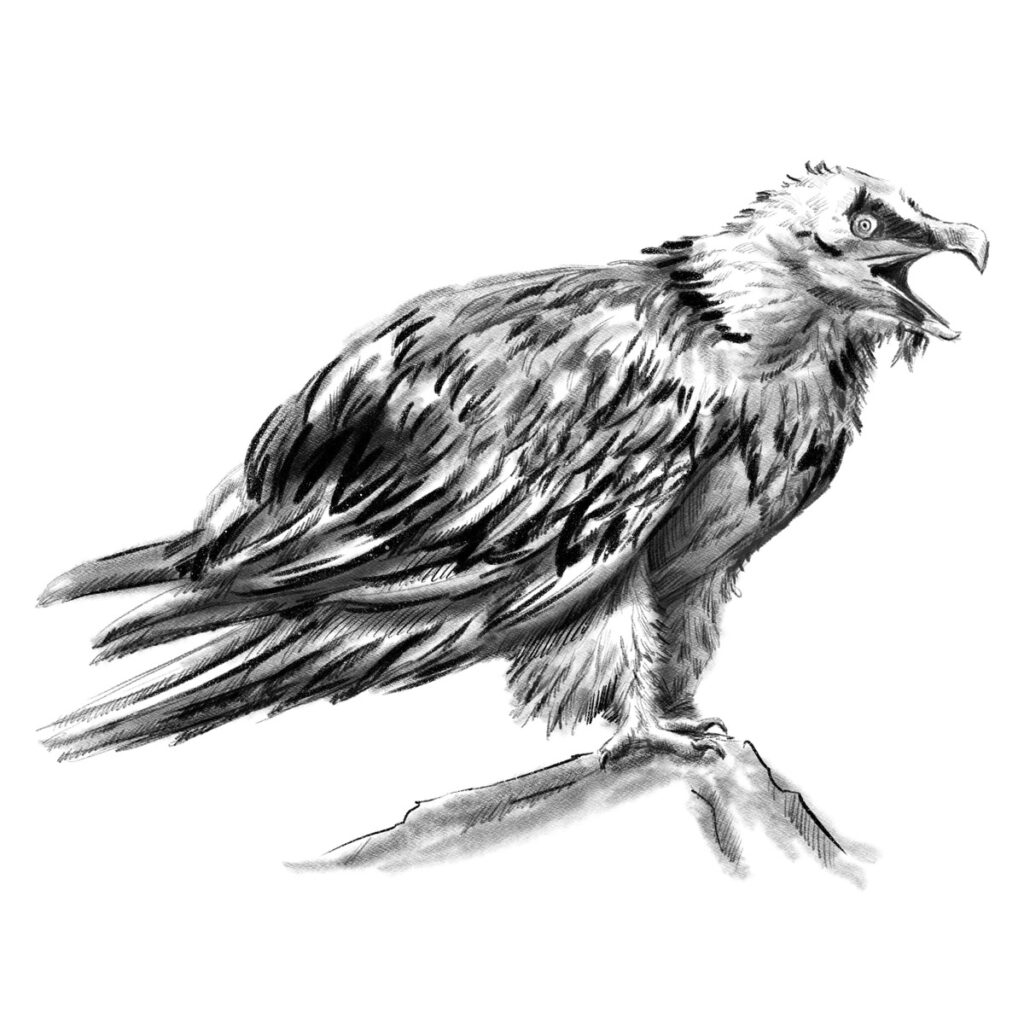
Scientific Name
Gypaetus barbatus
Age
- up to 40 years
Nutrition
- Carcass
Adversaries
- Humans only
Weight
- up to 4 to 7 kg
Wingspan: 250 – 295 cm
